10 recommended articles about garbage collectors
Preface G1 GC, the full name of Garbage-First Garbage Collector, is enabled through the -XX:+UseG1GC parameter. As a trial version, it was released with the JDK 6u14 version and was officially launched when the JDK 7u4 version was released. I believe that students who are familiar with JVM No one will be unfamiliar with it. In JDK 9, G1 is proposed to be the default garbage collector (JEP 248). On the official website, G1 is described like this: The Garbage-First (G1) collector is a server-style garbage collector, targeted for multi-processor machines with large memories. It meets garbage collection (GC) pause time goals with a high probability , while achieving high throug
1. Recommend 10 articles about Hotspot content
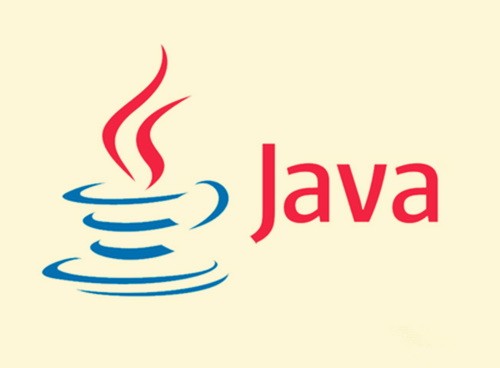
Introduction: Foreword G1 GC, full name Garbage-First Garbage Collector, is enabled through the -XX:+UseG1GC parameter. As a trial version, it was released with the JDK 6u14 version and was officially launched when the JDK 7u4 version was released. I believe that students who are familiar with JVM will not be unfamiliar with it. In JDK 9, G1 is proposed to be the default garbage collector (JEP 248). On the official website, G1 is described like this: The Garbage-First (G1) collecto...
2. Detailed introduction to the stack

Introduction: Java's heap is a runtime data area, from which class (objects allocate space. These objects pass new, newaray Instructions such as , anewarray and multianewarray are established. They do not require program code to explicitly release. The heap is responsible for garbage collection. The advantage of the heap is that it can dynamically allocate memory size, and the lifetime does not need to be told to the compiler in advance, because it Memory is dynamically allocated at runtime, and Java's garbage collector will automatically collect the data that is no longer used. However, the disadvantage is that since memory must be dynamically allocated at runtime, access...
3. Recommended articles about heap and stack

##Introduction: Java The heap is a runtime data area from which objects of classes are allocated space. These objects are created through instructions such as new, newaray, anewarray and multianewarray, and they do not require program code to be explicitly released. The heap is responsible for garbage collection The advantage of the heap is that it can dynamically allocate memory size, and the lifetime does not need to be told to the compiler in advance, because it dynamically allocates memory at runtime, and Java's garbage collector will automatically collect the data that is no longer used. But there are disadvantages. Yes, because memory needs to be dynamically allocated and accessed at runtime...
4. Summary of the relationship between basic type and encapsulated type data and the heap and stack in Java
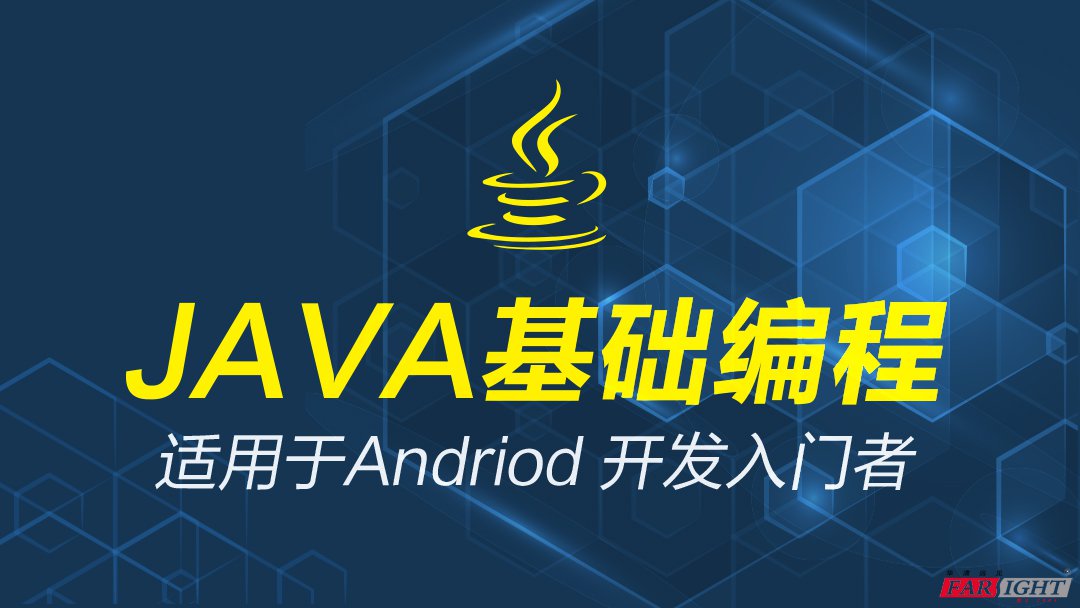
Introduction: Java's heap is a runtime data area from which class (objects allocate space. These objects Created through instructions such as new, newarray, anewarray, and multianewarray, they do not require program code to be explicitly released. The heap is responsible for garbage collection. The advantage of the heap is that it can dynamically allocate memory size, and the lifetime does not need to be told to the compiler in advance. Because it dynamically allocates memory at runtime, Java's garbage collector will automatically collect the data that is no longer used. However, the disadvantage is that since memory must be dynamically allocated at runtime, access
5. Analysis of Java G1 Garbage Collector

Introduction: This article First, it briefly introduces the common methods of garbage collection, then analyzes the collection principle of the G1 collector and its advantages compared with other garbage collectors. Finally, some tuning practices are given. First, what is garbage collection? ..
6. Code sharing of some key technologies of Java Hotspot G1 GC (picture)
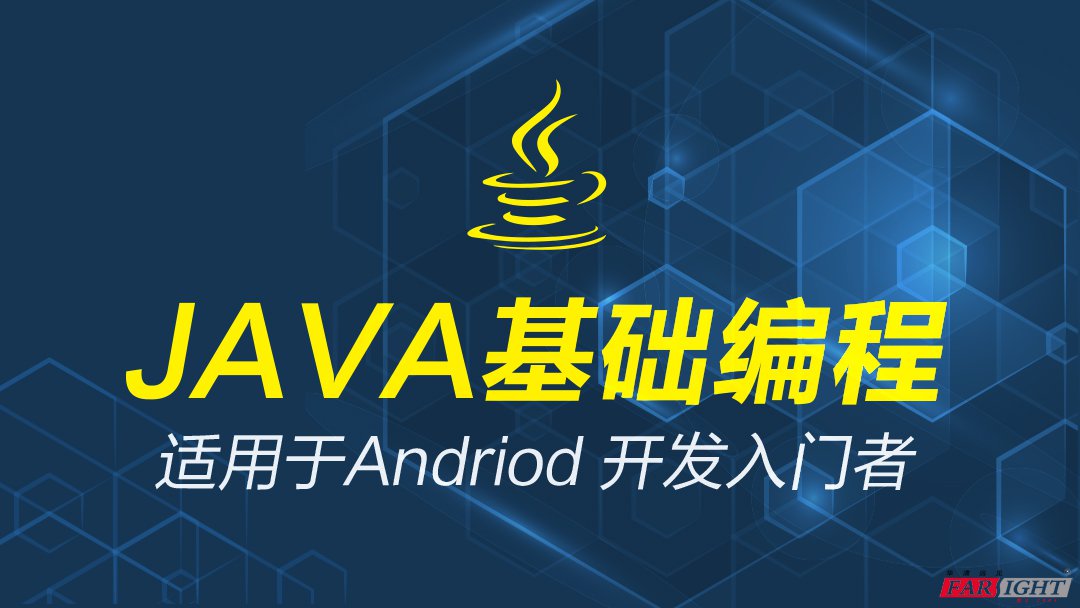
Introduction: Foreword G1 GC, full name Garbage-First Garbage Collector, is enabled through the -XX:+UseG1GC parameter. As a trial version, it was released with the JDK 6u14 version and was officially launched when the JDK 7u4 version was released. I believe Students who are familiar with JVM will not be unfamiliar with it. In JDK 9, G1 is proposed to be the default garbage collector (JEP 248). On the official website, G1 is described like this: The Garbage-First (G1) collector is a server-styl..
7. Those things about Java GC (1)
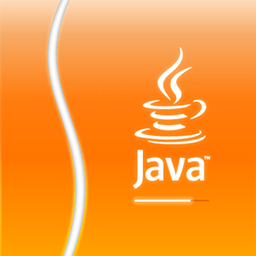
Introduction: Unlike the C language, Java memory (heap memory) is allocated and recycled by the JVM The garbage collector is automatically completed. This feature is very popular and can help programmers write better code. This article uses the HotSpot virtual machine as an example to talk about Java GC. In the article about Java heap memory in JVM memory, we already know that the Java heap is a memory area shared by all threads, all object instances and arrays
8. Java Virtual Machine Learning - Garbage Collector
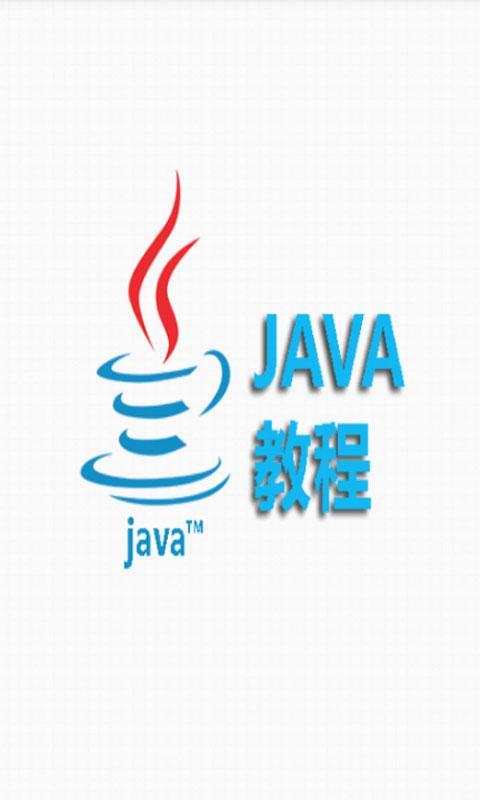
##Introduction: The Serial collector is a new generation collector. Threaded execution, using a replication algorithm. It must suspend all other worker threads (user threads) while performing garbage collection. It is the default new generation collector in Jvm client mode. For an environment limited to a single CPU, the Serial collector has no thread interaction overhead, so it can naturally achieve the highest single-thread collection efficiency by focusing on garbage collection.
9. Detailed explanation of the function of Java garbage collection finalize()

Introduction: Java technology allows the use of the finalize() method to do necessary cleanup work before the garbage collector clears the object from memory. This method is used by the garbage collector when it determines that the object is not referenced. object called.
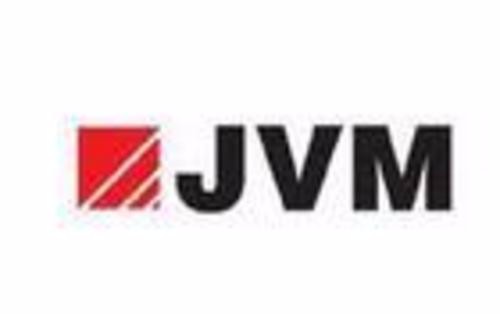
Introduction: Garbage collector in JVM
[Related Q&A recommendations]:
java - Full Gc process will stop the world, how is jvm handled here? [Interview Question]
#java - Which line of code's obj meets the garbage collector's collection standards?
oop - Why must the parent class constructor be executed in java?
The above is the detailed content of 10 recommended articles about garbage collectors. For more information, please follow other related articles on the PHP Chinese website!

Hot AI Tools

Undresser.AI Undress
AI-powered app for creating realistic nude photos

AI Clothes Remover
Online AI tool for removing clothes from photos.

Undress AI Tool
Undress images for free

Clothoff.io
AI clothes remover

Video Face Swap
Swap faces in any video effortlessly with our completely free AI face swap tool!

Hot Article

Hot Tools

Notepad++7.3.1
Easy-to-use and free code editor

SublimeText3 Chinese version
Chinese version, very easy to use

Zend Studio 13.0.1
Powerful PHP integrated development environment

Dreamweaver CS6
Visual web development tools

SublimeText3 Mac version
God-level code editing software (SublimeText3)

Hot Topics
 1386
1386
 52
52
 How to correctly divide business logic and non-business logic in hierarchical architecture in back-end development?
Apr 19, 2025 pm 07:15 PM
How to correctly divide business logic and non-business logic in hierarchical architecture in back-end development?
Apr 19, 2025 pm 07:15 PM
Discussing the hierarchical architecture problem in back-end development. In back-end development, common hierarchical architectures include controller, service and dao...
 How to restrict access to specific interfaces of nested H5 pages through OAuth2.0's scope mechanism?
Apr 19, 2025 pm 02:30 PM
How to restrict access to specific interfaces of nested H5 pages through OAuth2.0's scope mechanism?
Apr 19, 2025 pm 02:30 PM
How to use OAuth2.0's access_token to achieve control of interface access permissions? In the application of OAuth2.0, how to ensure that the...
 How to analyze the cracking process of IntelliJ IDEA and find the lib or class responsible for registration?
Apr 19, 2025 pm 04:00 PM
How to analyze the cracking process of IntelliJ IDEA and find the lib or class responsible for registration?
Apr 19, 2025 pm 04:00 PM
Regarding the analysis method of IntelliJIDEA cracking in the programming world, IntelliJ...
 In back-end development, how to distinguish the responsibilities of the service layer and the dao layer?
Apr 19, 2025 pm 01:51 PM
In back-end development, how to distinguish the responsibilities of the service layer and the dao layer?
Apr 19, 2025 pm 01:51 PM
Discussing the hierarchical architecture in back-end development. In back-end development, hierarchical architecture is a common design pattern, usually including controller, service and dao three layers...
 Ultimate consistency in distributed systems: how to apply and how to compensate for data inconsistencies?
Apr 19, 2025 pm 02:24 PM
Ultimate consistency in distributed systems: how to apply and how to compensate for data inconsistencies?
Apr 19, 2025 pm 02:24 PM
Exploring the application of ultimate consistency in distributed systems Distributed transaction processing has always been a problem in distributed system architecture. To solve the problem...
 In Java remote debugging, how to correctly obtain constant values on remote servers?
Apr 19, 2025 pm 01:54 PM
In Java remote debugging, how to correctly obtain constant values on remote servers?
Apr 19, 2025 pm 01:54 PM
Questions and Answers about constant acquisition in Java Remote Debugging When using Java for remote debugging, many developers may encounter some difficult phenomena. It...
 How to convert names to numbers to implement sorting within groups?
Apr 19, 2025 pm 01:57 PM
How to convert names to numbers to implement sorting within groups?
Apr 19, 2025 pm 01:57 PM
How to convert names to numbers to implement sorting within groups? When sorting users in groups, it is often necessary to convert the user's name into numbers so that it can be different...
 How to choose Java project management tools when learning back-end development?
Apr 19, 2025 pm 02:15 PM
How to choose Java project management tools when learning back-end development?
Apr 19, 2025 pm 02:15 PM
Confused with choosing Java project management tools for beginners. For those who are just beginning to learn backend development, choosing the right project management tools is crucial...




